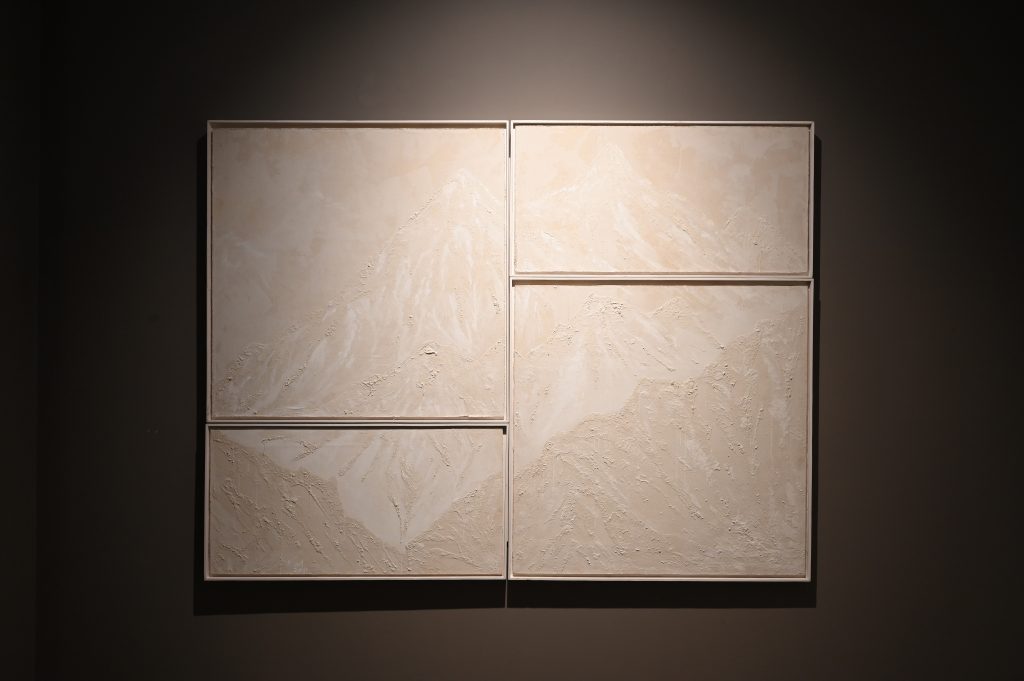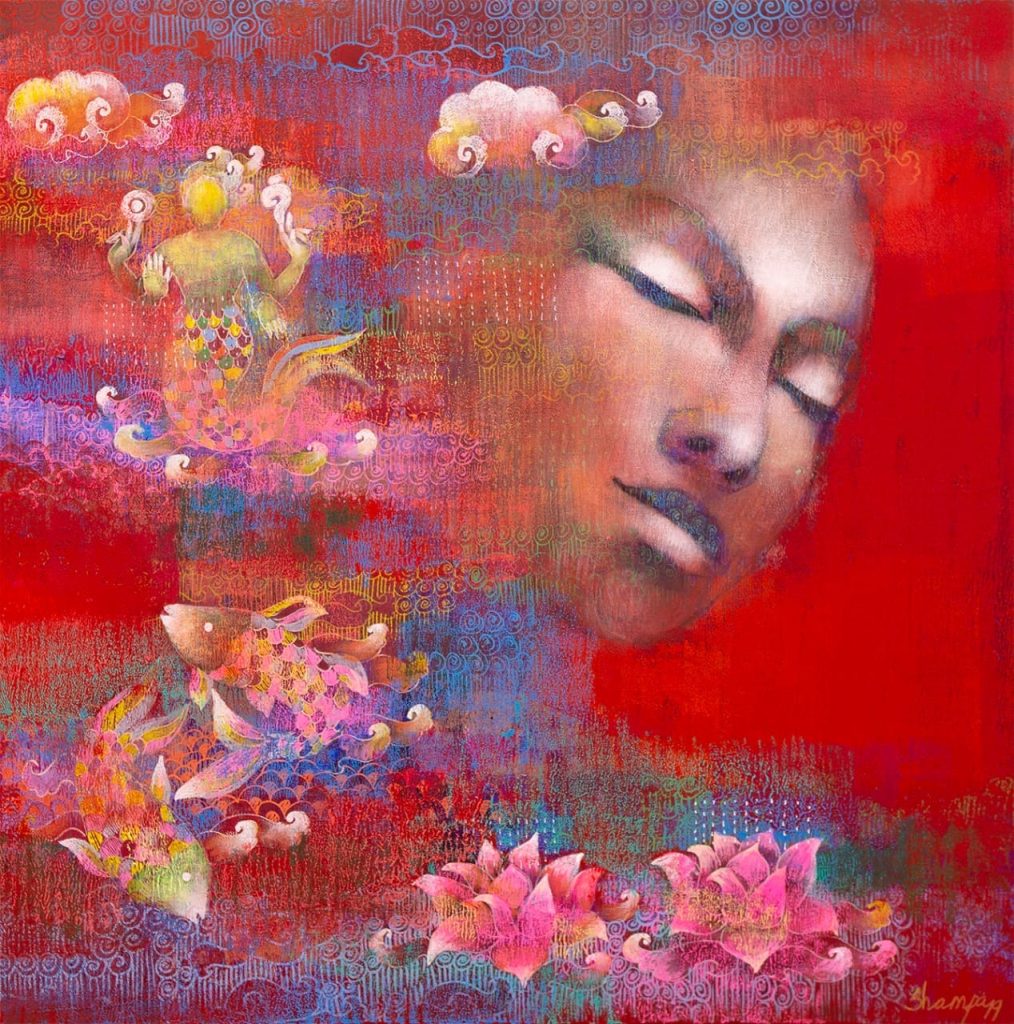A new exhibition called “Maps of Layered Stratum” opened recently at Exhibit 320 art gallery where the serene works of Alex Davis have been exhibited that take inspiration from the earth. Alex uses earth, or the soil as the basic human element that contributes to the lives of every being and which acts as the fundamental seed of existence. Our land has witnessed some of the greatest wars and history that helped in the evolution of every being. The land, which is responsible for nourishment and acts as our home this soil, has numerous narratives that hold human history all together. His sculptures have the Pashmina motif and patterns that make his works regional, yet universal. His focus is on exploring the true essence of Mother Earth and the essence of land.
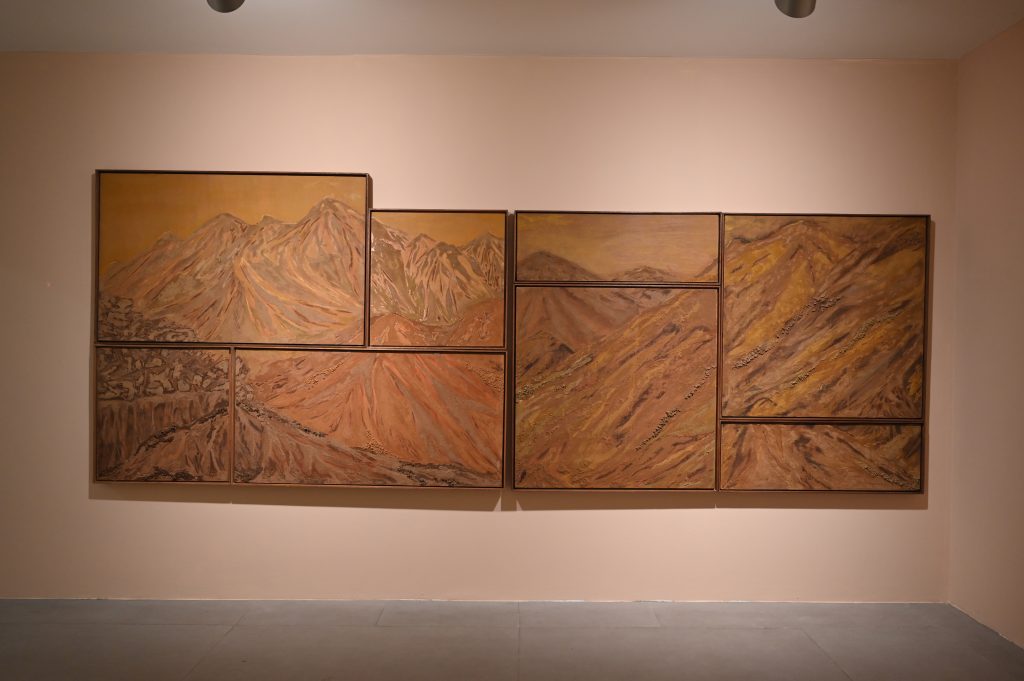
The gallerist, Rasika Kajaria shares her views, “I’ve seen his process and how he grew over the years. He was always connected to the idea of material and worked with stainless steel and now a whole series where he went and collected earth from all the state and union territories of India. It is gorgeous to see how the color of the earth changes from yellow to brown, red and all when you visit the whole country and put them in this beautiful show. This whole connectedness with the earth is something that binds us and in one of his works, he used bricks creatively, if you step back, you can see the map of the whole of India whereas the bricks are the depiction of states. I love working with material, we worked with the artists who like threads, ceramics, clay, and now of course the earth and stainless steel.”
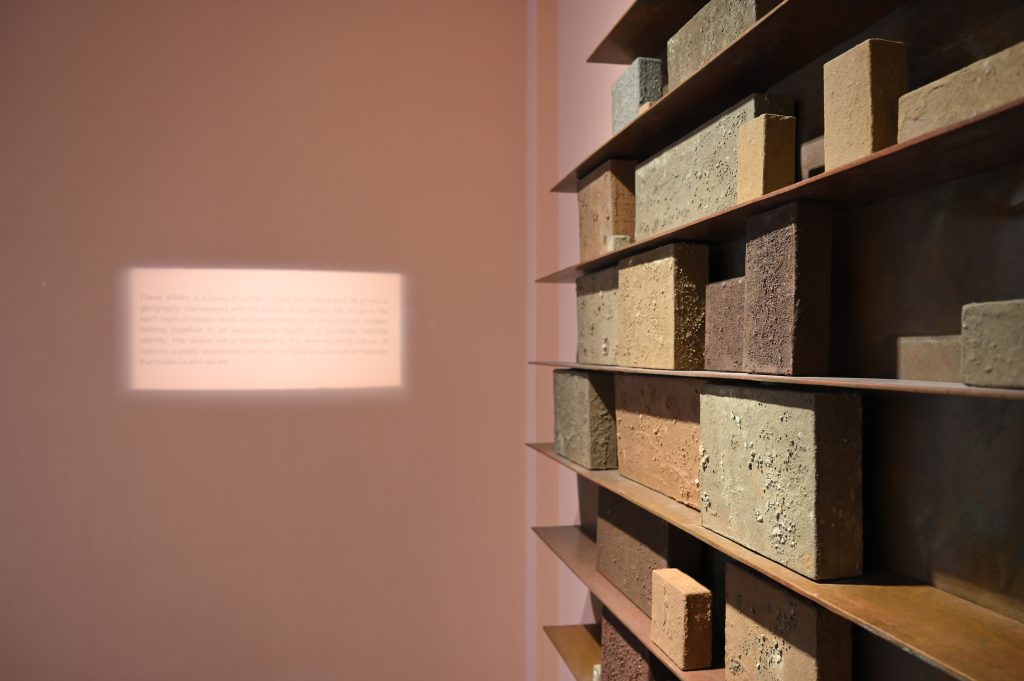
She continues, “Earth is the basis of life and how the artist represented it because he travelled extensively to Spiti Valley to Leh Ladakh. These are the Pashmina goats that he has done and when you look at some of his paintings they look like abstract paintings but when you look at the yellow and brown ones you will feel the golden fields of Punjab. Then, you have got a painting of black soil and the green of Kerala, and we have the Lodhi gardens of Delhi.” Alex invites us to a fascinating journey of exploring the magnificent secrets of earth that bind the shared past, present, and upcoming future together in a way that creates geographical divisions and a collective thought in a highly creative way.
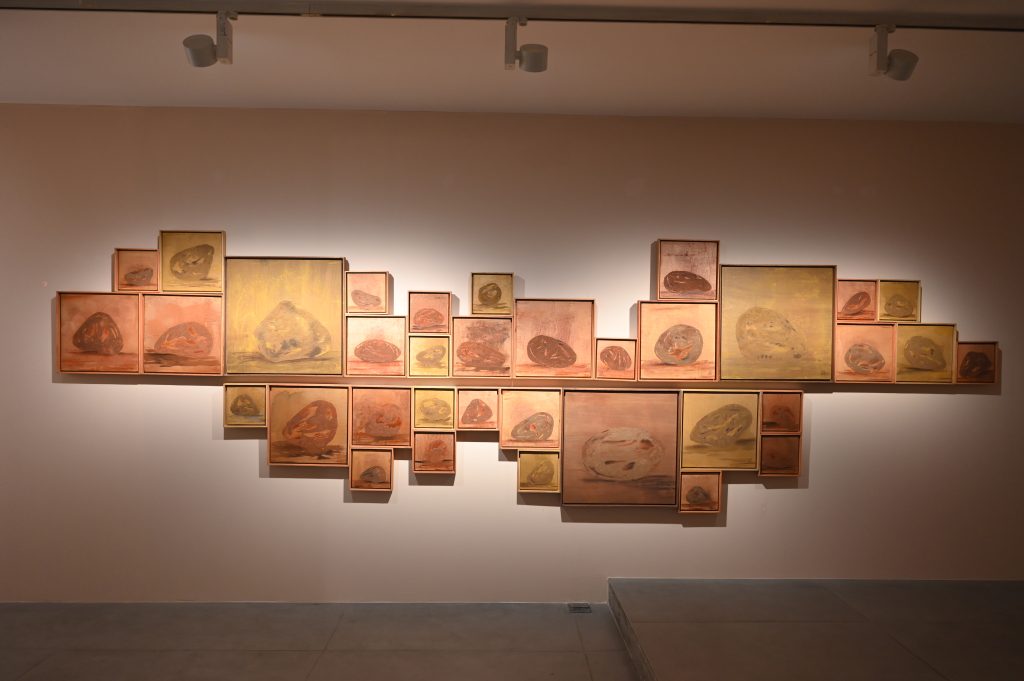
Alex Davis’ works delve deeper into the cerebral connection with the earth that has been represented in such a way that it offers the presence of every state of India. His philosophy of scrutinizing and associating earth with the narratives depicts not only the layered history but also the traditional values, which is evident in his meticulous attention to detail and strokes that give birth to unique identity. One thing that stands apart in his work is the texture, which holds the depths of the passage of time and unravels narratives of our earth; he presents the geographical essence, which is tangible. His works look two-dimensional initially, but upon a deeper gaze and thorough understanding, one will get the understanding of three-dimensional aspects that set his works apart and embody the rhythm of earth breaths.
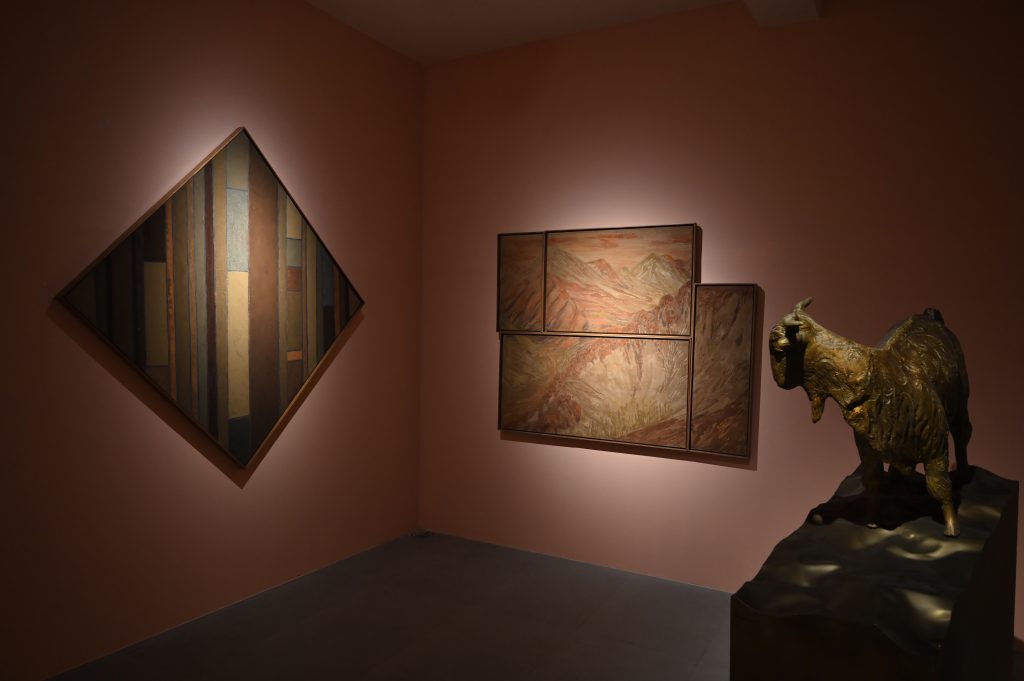
The artist Alex Davis explains his process, “I started it almost five years ago, and I travelled a lot, Sand paintings and mandala paintings and that was the starting point. I was collecting earth from all over the states and Union Territories; it took me five years to do that. The recent work which you see, I call the map of the country. There are quite a few layers that you need to unpack over the period, so it will be like the stories of land. This is what I have tried depicting in my works. I am a sculptor first, I guess that’s the reason why I always think in three-dimensional format, so even in painting I bring the three dimensions of it. Sand has its texture and it takes its form. Sometimes, you let the material take its form. You do not intervene in that but in the surrounding process. The earth brings out the narrative of the land; it has a strong presence and depth.”
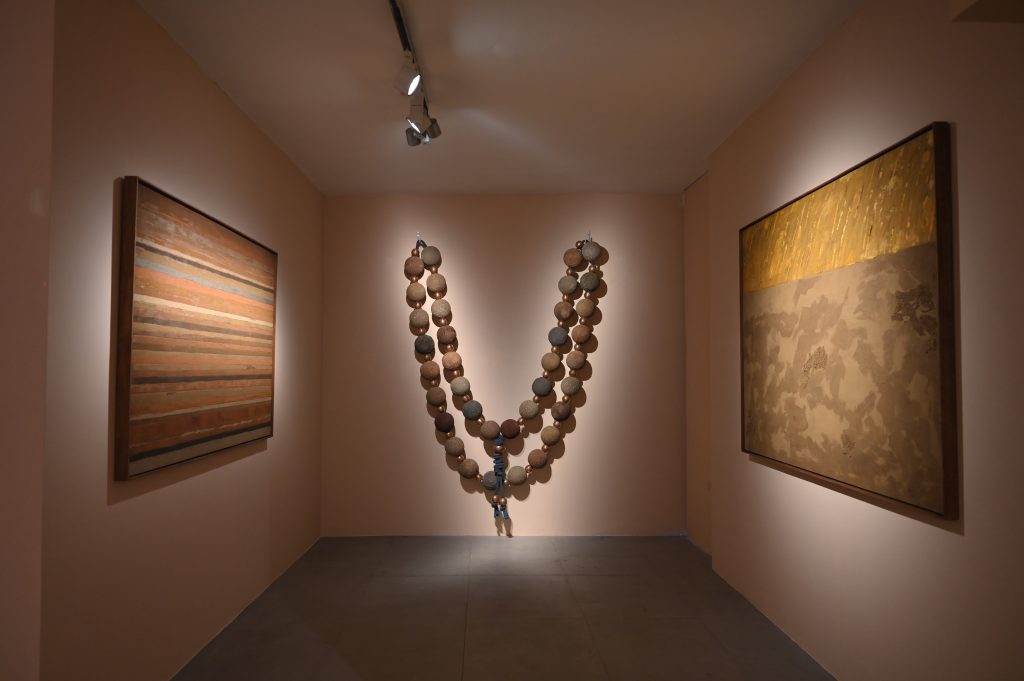
Read Also:
KANNADA CALLIGRAPHY EXHIBITION: An Epitome of Typographic Proficiency

Contributor

